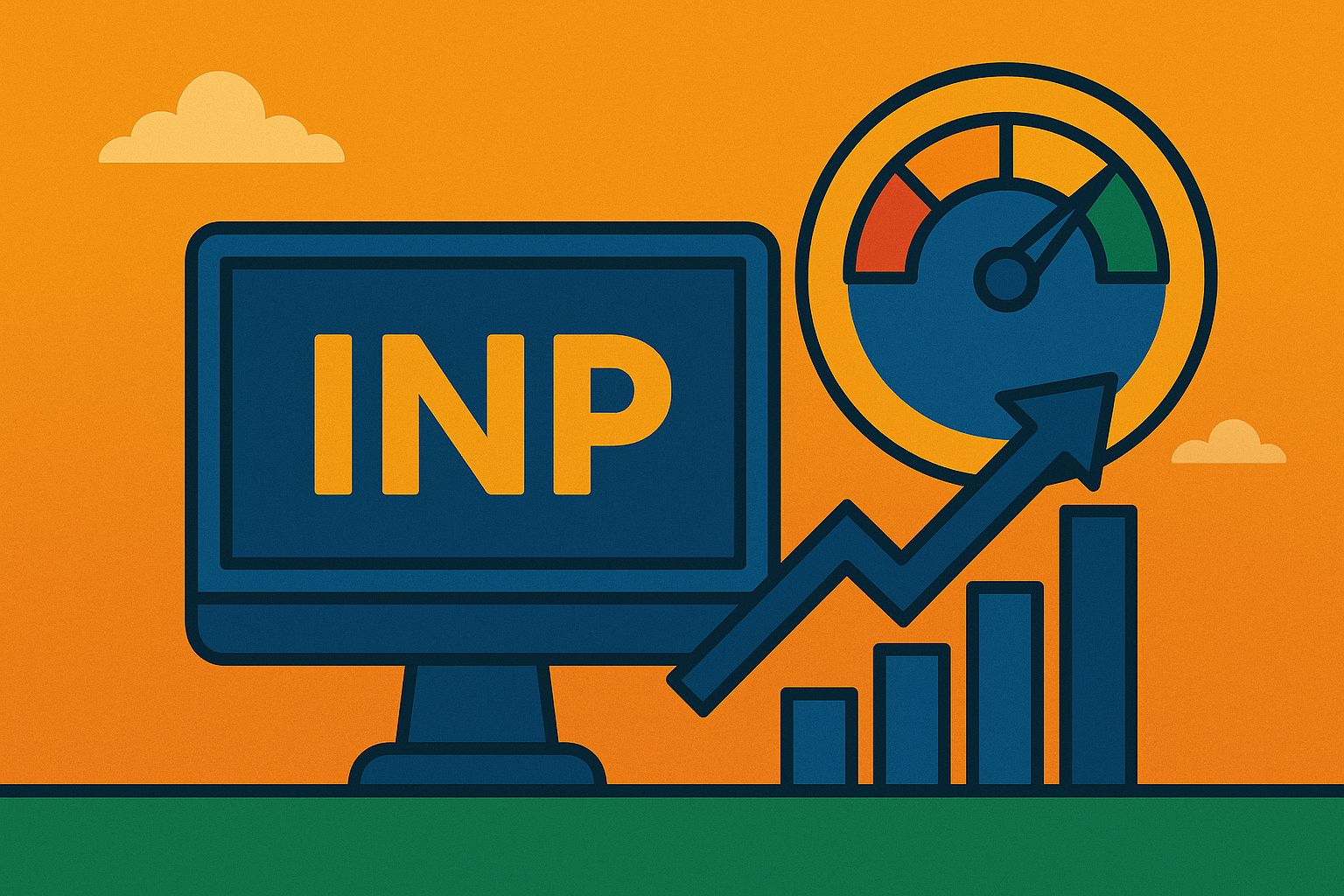Ever dreamt of launching a startup but felt overwhelmed by the sheer magnitude of it all? You’re not alone. The startup world is a thrilling yet daunting frontier, where risks loom large and uncertainty is the only constant. It’s a bit like setting off on an adventurous expedition with no map, no GPS, and only a vague idea of what lies ahead. So, how do you navigate this landscape without sinking your ship before it even sets sail? Enter the MVP, or Minimum Viable Product – your startup’s secret weapon.Imagine you’re about to open a restaurant. You wouldn’t build a massive dining hall, hire a full staff, and stock a huge kitchen without first ensuring that people actually like your food, right? Instead, you might start with a food truck or a pop-up restaurant to test your menu and see if your culinary creations resonate with your target audience. This scaled-down approach allows you to gather feedback, refine your offerings, and build a loyal customer base before making a significant investment. That’s precisely what an MVP does for a startup.By starting small and strategically with an MVP, you can test your ideas in the real world, gather invaluable insights from actual users, and make data-driven decisions that steer your product development in the right direction. An MVP isn’t about cutting corners or delivering a half-baked product; it’s about focusing on core features that solve a specific problem for your users. It’s about creating a functional prototype that embodies your vision, but without all the bells and whistles. This lean approach allows you to pivot swiftly, adapt to market demands, and avoid costly missteps.
In this article, we’ll uncover how leveraging an MVP can provide a strategic advantage for your startup. We’ll explore the myriad benefits of the MVP approach, from mitigating risks and accelerating time-to-market to enhancing product quality and boosting customer satisfaction. We’ll delve into the practical steps for building and launching an MVP, drawing on real-world examples of successful startups that began with a simple, scalable version of their product. And we’ll tackle the common pitfalls to avoid, ensuring you can maximise the benefits of your MVP and set the stage for long-term success.
What Exactly is an MVP?
Before we get into the nitty-gritty, let’s clear up what an MVP actually is. Think of it as the appetizer before the main course, the trailer before the movie, the IKEA assembly instructions before…okay, maybe not that last one. An MVP is essentially the most basic version of your product that’s still functional and can be tested in the market. It has just enough features to attract early adopters and validate your idea without going all-in and risking everything.
Why Start Small?
Starting small might seem counterintuitive in a world obsessed with grand launches and overnight success stories. But here’s the kicker: those big successes? They usually start with something small. Think of MVP as your startup’s training wheels. You wouldn’t jump into a marathon without training first, right? An MVP allows you to test the waters, gather feedback, and make improvements before fully committing.
Benefits of the MVP Approach
- Risk Management: Reducing the Stakes
Imagine diving headfirst into a swimming pool only to realize it’s a kiddie pool. Ouch, right? Launching a full-fledged product without testing can be just as painful. An MVP minimizes risks by allowing you to test your idea with a smaller investment of time and resources. If it fails, you haven’t lost everything. If it succeeds, you have a solid foundation to build on.
- Faster Time to Market: Speed Wins
In the fast-paced startup world, being quick on your feet can be the difference between success and failure. An MVP gets your product out there faster. Instead of spending months (or years) perfecting every tiny detail, you release a basic version, get feedback, and iterate. It’s like having a rough draft that you refine over time, rather than aiming for perfection from the get-go.
- Customer Feedback: The Real MVP
You might think you know what your customers want, but until you get your product into their hands, it’s all just guesswork. An MVP allows you to collect invaluable feedback from real users. This feedback is worth its weight in gold because it helps you make informed decisions about what to build next. It’s like having a cheat sheet for your product roadmap.
Building Your MVP: Where to Start?
- Identify the Core Problem: The Heart of Your Product
What’s the main problem your product is solving? Strip away all the bells and whistles and focus on the core functionality. If you’re building an app to help people find the best pizza in town, start with a simple feature that locates nearby pizzerias.
- Define Success Criteria: What Does Winning Look Like?
Set clear, measurable goals for your MVP. Are you looking to attract a certain number of users? Generate a specific amount of revenue? Get X amount of feedback? Knowing what success looks like will help you stay focused and avoid feature creep.
- Build, Measure, Learn: The MVP Loop
This isn’t just a mantra; it’s a cycle you’ll go through repeatedly. Build your MVP, measure how it performs, and learn from the results. Rinse and repeat. Each iteration brings you closer to a product that truly resonates with your audience.
Real Life MVP Success Stories
Still not convinced? Let’s take a look at some real-life examples of MVPs that paved the way for massive success.
- Dropbox: The Video MVP
Before they had millions of users, Dropbox started with a simple video. The founders created a short demo video explaining how Dropbox worked and shared it with their target audience. The response was overwhelming, validating the demand for their product and guiding further development.
- Airbnb: The Test-Run MVP
The Airbnb we know today started as a simple website with a few listings. The founders initially rented out their own apartment to test the idea. This MVP approach allowed them to validate their concept, gather user feedback, and scale the platform.
Common Pitfalls and How to Avoid Them
Launching an MVP isn’t without its challenges. Here are some common pitfalls and how to steer clear of them.
- Overloading with Features: Keep It Simple
It’s tempting to add more features, thinking it’ll make your product more appealing. Resist this urge. More features mean more complexity and more potential for things to go wrong. Focus on the essentials and build from there.
- Ignoring Feedback: Listen Up
Feedback is your best friend. Ignoring it is like covering your ears and pretending everything is fine. Pay attention to what users are saying and use that feedback to guide your iterations.
- Premature Scaling: Patience, Grasshopper
Scaling too quickly can be a recipe for disaster. Make sure your product is solid and your market fit is validated before you start expanding. Think of it as laying a strong foundation before building a skyscraper.
Maximizing MVP Benefits for Startup Launch
So, how do you make the most out of your MVP strategy? Here are some tips to maximize the benefits and set your startup up for success.
- Engage Early Adopters: Your MVP Champions
Early adopters are crucial. They’re the ones willing to take a chance on your unpolished product and provide honest feedback. Engage with them, listen to their insights, and make them feel valued. They can become your biggest advocates.
- Focus on Learning: Every Failure is a Lesson
Not every MVP will be a home run, and that’s okay. Treat each failure as a learning opportunity. What didn’t work? Why didn’t it work? How can you improve? This mindset turns setbacks into stepping stones.
- Iterate Quickly: The Power of Agility
One of the greatest strengths of the MVP approach is the ability to iterate quickly. Use this to your advantage. Don’t get bogged down by perfectionism. Release, learn, improve, repeat.
Conclusion
Starting small with an MVP is a strategic advantage for any startup. It’s like planting a seed and nurturing it into a robust tree. By leveraging the MVP startup strategy, you minimize risks, gather critical feedback, and set the stage for sustainable growth. Remember, maximizing MVP benefits for startup launch isn’t about cutting corners; it’s about smart, efficient, and user-focused development. So, put on your MVP hat, get out there, and start turning your big ideas into reality, one small step at a time.




